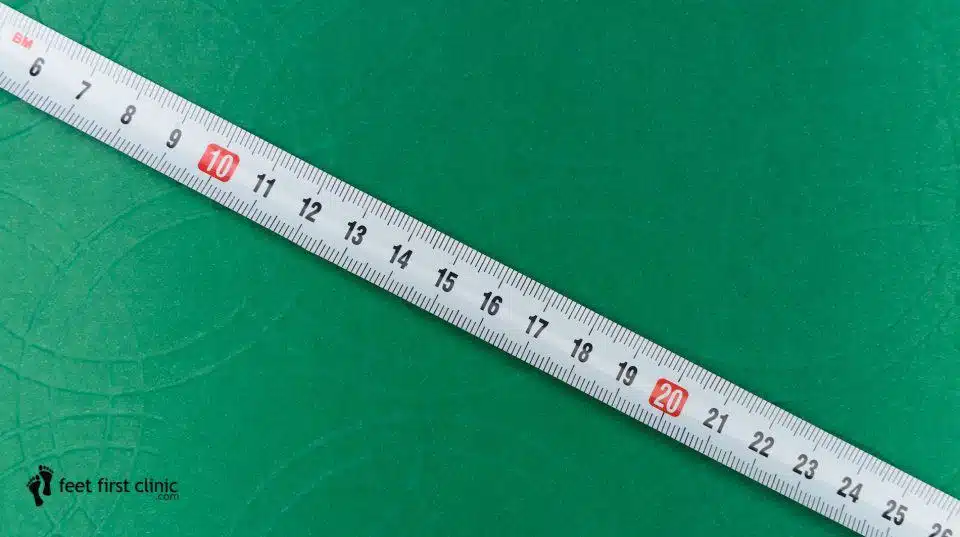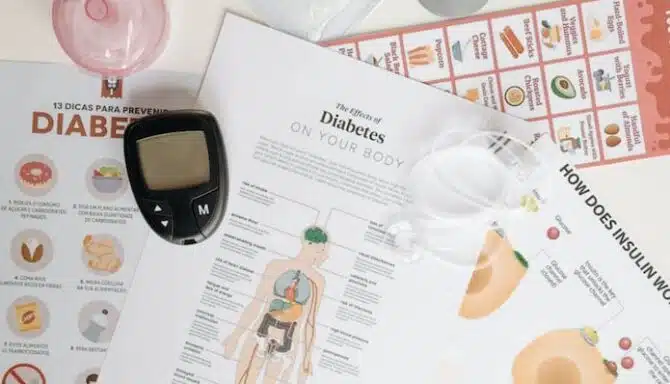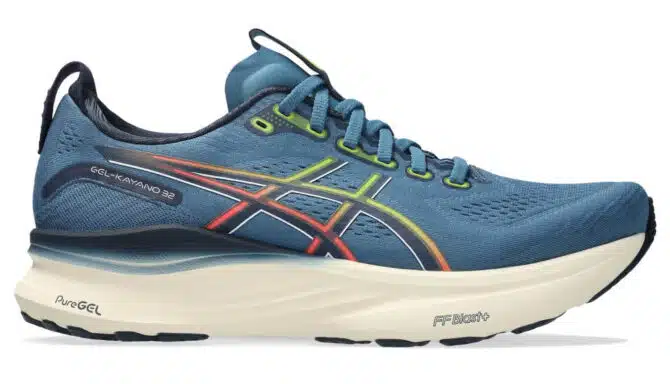Were you once a size 8 and now you’re a size 9? No, your mind isn’t playing tricks on you. And your memory hasn’t disappeared. This change is actually quite common.
After all, your feet absorb a lot of impact. Decades of it, in fact. It should come as no surprise that this shock absorption can alter our feet, albeit quite subtly. More likely than not, you will only notice this change over months, if not years. A drastic change in shoe size shouldn’t happen overnight (if it does, you should seek medical advice).
Generally, ageing has a number of effects on our feet, including changing its size and shape. Our feet typically stop growing in our early 20s (depending on when you started and finished puberty), but in our later years, our feet may grow again.
Why Do My Feet Change Size?
A number of factors can result in changes to our shoe size over time. Some are age-related, others are more event-related including pregnancy or as the result of a condition. Below you’ll find some of the contributing factors.
Flat Feet
As we age, our feet flatten. Time and gravity widen and lengthen our feet naturally as the body absorbs years of impact. Ligaments and tendons begin to weaken over time as well causing flatter and larger feet. Imagine if you had higher arches when you were younger. If those arches begin to collapse over time, there is less upward range of your feet, and your feet get longer.
Foot and Toe Deformities
Additionally, adults can develop foot conditions and deformities over time that change the foot’s anatomy. Bunions, or hallux rigidus, for example, either add volume or change the width of the foot which may require larger footwear. If not larger footwear, many brands also offer wide variations of their most popular lines of shoes. These have wider toe boxes, and otherwise are true to size.
Body Changes
Slower metabolism, or changes in your diet can mean either weight gain or weight loss. These greater changes to your body have effects on your feet. Weight gain, for example, means greater pressure on your feet. Additionally, the fat pads on the base of your feet diminish over time.
Diabetes and Arthritis
These conditions can affect our feet. Diabetes and arthritis can impact the amount of swelling in your feet as well as blood flow which can greatly change the shape of our feet.
Pregnancy
Bigger feet during pregnancy is 100% normal. This is likely temporary and a direct result of your feet swelling. In some cases, this increase may be permanent, but only if the ligaments and tendons in your feet weaken to the point where they don’t recover post-pregnancy.
What Time of Day Should I Try on Footwear?
You want to account for your feet at their largest. Since feet swell throughout the course of the day, trying on footwear is best done in the late afternoon or evening. If your schedule restricts you to try on footwear in the morning, remember to account for the difference in your feet between morning and night.
Always try shoes on with both feet. Not all feet are created equally, and you can even have as much as a half-size difference between your left and right feet.
Get Your Feet Measured by Professionals
Ill-fitting shoes that are the leading cause of foot pain and foot problems and eight out of 10 people’s shoes fit incorrectly.
Follow these tips when trying on a new pair of shoes or winter boots.
- Try on footwear later in the day to ensure a proper fit.
- Try on both shoes, and use the larger foot to dictate the size of shoe you buy.
- Stand up while measuring your feet.
- Stand and walk for a few minutes before determining proper fit. Take your time.
- Try on different brands, and models of shoes.
- Try on different size shoes including 0.5 sizes.
- Wear the socks or garment you would normally to mimic real-world conditions.
Here at Feet First Clinic, we offer every customer a comprehensive footwear assessment free of charge to ensure that you invest in the healthiest footwear for your unique feet. Our footwear specialists and chiropodists will help match your foot shape, structure, and alignment to specific shoes and footwear features that answer to your corrective, supportive, or accommodative needs.
Customize Your Shoe Size
If you find your shoes fit well, but they could fit better, consider shoe stretching.
- Width: Increase of up to one size widthwise
- Length: Increase of up to 1” inch lengthwise
- Toebox: Increase of up to 1” in the height of the toe box
- Instep: Increase of up to 1/2” in the vamp and instep area
This fine-tuning can give you that extra bit of room in your shoe to ensure the fit is just right. Most types of footwear can be stretched, and we offer this service here at Feet First Clinic, located at 2481 Bloor St W. Whether it’s buying shoes, measuring your feet, or stretching shoes you already own, we’re your one-stop shop for all of your footcare needs.
Your Footwear Solutions Live Here
All under one roof! Our team is trained to handle any and all your foot health concerns. From mild, to critical, we cover all sides of the foot needs spectrum. Call us to ask about actionable steps towards your solution today!
Call us at 416-769-3338 or Book Your Assessment Today!













